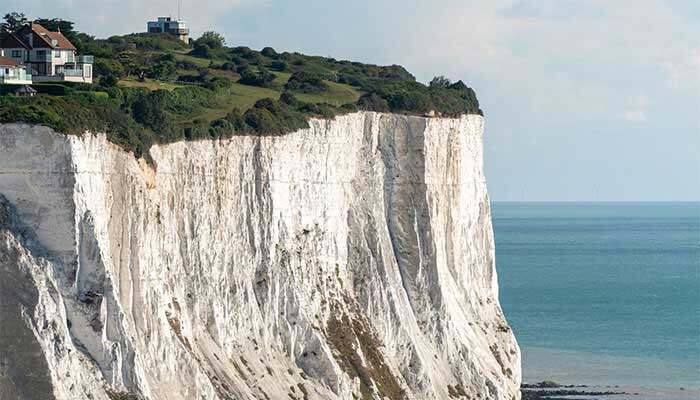High-pressure experiments are helping scientists understand the deep cycles of carbon and chlorine which are essential for life on earth, and how these have changed since three billion years ago.
New research led by Macquarie University earth scientist Dr Chunfei Chen sheds new light on geological processes from up to three billion years ago and marks a significant shift in the scientific community’s understanding of the early Earth.
The research, published this week in Nature, gives insight into the profound impact of the planet’s gradual cooling on the deep cycling of carbon and chlorine between the Earth’s surface and its interior.
“The cooling of the Earth has caused immense changes in the deep cycles of both carbon and chlorine,” says Dr Chen.
“Today, chlorine typically returns to the surface in volcanic gases, while most carbon is trapped as solid carbonate at depths of hundreds of kilometres; but until the Earth was about two-thirds of its present age, the situation was the complete opposite.”
Magma dominated the Earth’s surface in the early period after the planet’s formation, but as the planet gradually cooled, crustal plates about 100 kilometres thick formed on the surface, gliding over the mantle under the process of plate tectonics.
As oceanic tectonic plates dive back into the mantle at subduction zones, sediments lodged in troughs beneath the oceans may also have been pushed into the mantle.
Scientists investigating the fate of these sediments in high-pressure melting experiments have previously treated an average of all oceanic sediments, in which carbon is only a minor constituent.
However, most carbon accumulates into carbonate sediments – familiar examples of large expanses of carbonate sediments on the surface include the White Cliffs of Dover or the Dolomites in Italy – and these may behave differently than would carbon small portions.


Down to Earth: The White Cliffs of Dover, which forms part of the coastline of Kent in England, is a well-known example of carbonate sediment.
Dr Chen’s team used high-pressure experiments to simulate the subduction of limestones and chalk, and found that any dirt in limestones melts first, producing a silicate melt, whereas the carbonate is pushed to greater depth in solid form and can advance deep into the mantle.
The research team also tested conditions that mimicked earlier, hotter periods of Earth’s long history, and found that limestones did melt, but salts would not dissolve in the carbonate melts they produced, and were instead pushed deep into the mantle, not returned to the surface as they are today.
“It was remarkable to see how the salt and the impurities completely separated from the carbonates,” says study second author Dr Michael Forster from the Macquarie University School of Natural Sciences, who analysed the samples at the Australian National University.
Dr Forster says the team had a breakthrough when the electron microscope magnified and analysed the minuscule experimental phases, showing a pool of quenched glass and salt next to clean calcite crystals.
Dr Chen recalls, “When I saw this, I realised the subduction zones must act as a giant filter that used to admit salt into the deeper Earth. It was an incredible moment for all of us!”
The research is part of a larger project tracking deep cycles of carbon, nitrogen and chlorine in the Earth’s evolutionary history, led by Distinguished Professor Stephen Foley from the Macquarie University School of Natural Sciences.
“The exchange of volatile elements like carbon, chlorine and nitrogen between the Earth’s deep mantle and the surface is key to the evolution of the climate, oceans and all life on Earth,” Professor Foley says.
“This significant research is the first to consider subduction of massive tracts of carbonate sediments, rather than average sedimentary rock – even though it is more realistic that huge blocks of carbonate will be involved in plate tectonics.
“These changes in chlorine and carbon behaviour through time likely affected how salty seawater was at different times in earth history and made an impact on the development of life on earth.”
This research will lead to a more comprehensive perspective on our planet’s evolution and its delicate interplay with the development of life, Professor Foley adds – and could help us to understand conditions on planets beyond our own, such as Mars.







































